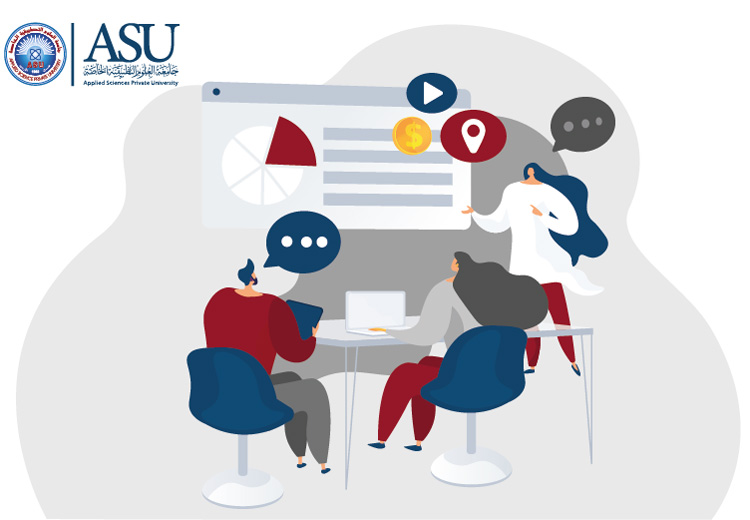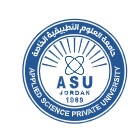How teaching creativity in higher education creates more employable graduates

Sponsored by

Sponsored by

Students at the Applied Science Private University are encouraged to take a multidisciplinary approach to traditional courses
As the global economy changes and new social challenges arise from the Covid-19 pandemic, it’s clear that the graduates of tomorrow will need to be creative thinkers with multidisciplinary skill sets.
At the Applied Science Private University (ASU) in Jordan, work is already under way to ensure that students meet these requirements, boosting their employability prospects and confidence along the way.
For Dr Mohammad Hijjawi, dean of IT at ASU, nurturing student creativity is central to the university’s research successes and a natural next step for an institution with roots in traditional science teaching.
Creativity in a university environment, Dr Hijjawi explains, is all about “the production of novel, useful ideas and products or services in a domain. ASU believes that originality is not only about producing something new but also about combining old elements in new ways or applying old ideas to new contexts in order to work on a problem.”
While Dr Hijjawi acknowledges that creativity is “the most difficult thinking skill to acquire”, he nevertheless believes it is a skill that can be taught. “When students create what they imagine, they’re in the driver’s seat,” he says. “Higher education institutions have a critical role to play in producing graduates who can utilise this skill in the workplace.”
ASU has seen a dramatic transformation in its approach to teaching and learning in recent years. Whereas the university once concentrated on what Dr Hijjawi calls “traditional” approaches – relying heavily on exams and tests, for example – staff are now encouraged to channel a multidisciplinary, “smart” approach to their teaching.
“In the traditional approach, a student cannot perform,” says Dr Hijjawi. “All they can do is to repeat what somebody has already done or said…but through ‘smart’ academia, they can think, explore, communicate, negotiate, analyse, evaluate, imagine, discover and invent.”
Traditional testing methods might provide a more straightforward quantification of student progress, and ASU’s broader, “smart” approach does have its challenges, but Dr Hijjawi is confident of the benefits. “Students seem to concentrate best when the demands on them are greater than usual, and they are able to give more than usual. If there is too little demand on them, students are bored,” he says. “If there is too much for them to handle, they get anxious. Flow occurs in that delicate zone between boredom and anxiety.”
Key to the transition towards creative learning processes is getting staff on board. To help with this, ASU has conducted training workshops focusing on creative development, as well as brainstorming workshops to help staff apply creative thinking to their teaching.
The university also deploys educational strategies to motivate students towards creativity – in some courses, for example, students are encouraged to give presentations on topics that are not directly related to the curriculum content. In others, students are able to assign coursework to their peers.
“We’ve made room for open discussions between students [if they feel there are] issues in a course,” Dr Hijjawi adds. “All these examples have reflected positively on student outcomes in general.”
Dr Hijjawi is working to develop an annual creativity competition at both faculty and university level, the idea being that student teams across different disciplines will compete to solve real-world problems.
“The creative contest will be available to all students, and each year the contest should have a different theme, held over seven days, to allow students to explore a particular problem and seek the optimal solution,” he says. At the end of the week, “teams will present their solutions and defend them”.
Dr Hijjawi hopes that the university will continue to expand its existing collaborations with regional and international industry partners, keeping student creativity in mind at all times.
“ASU believes that creativity is not the gathering of knowledge, but rather what we can do with our knowledge,” he concludes.
Find out more about ASU.